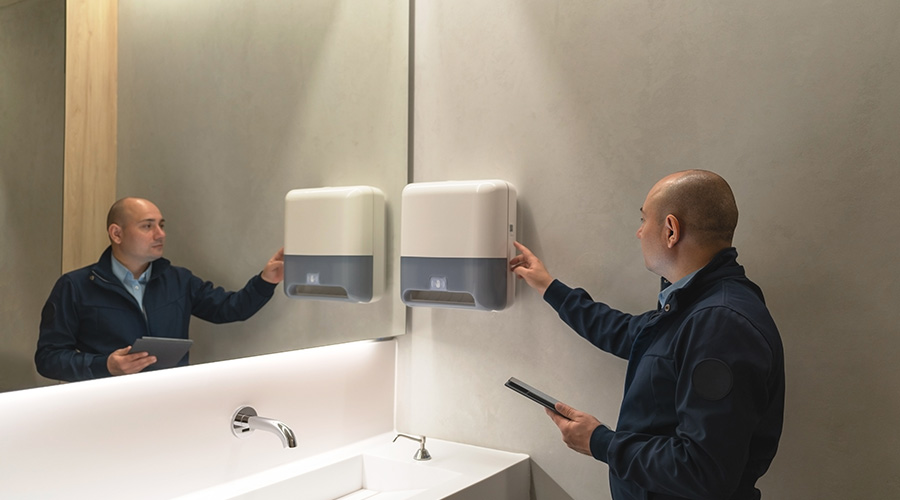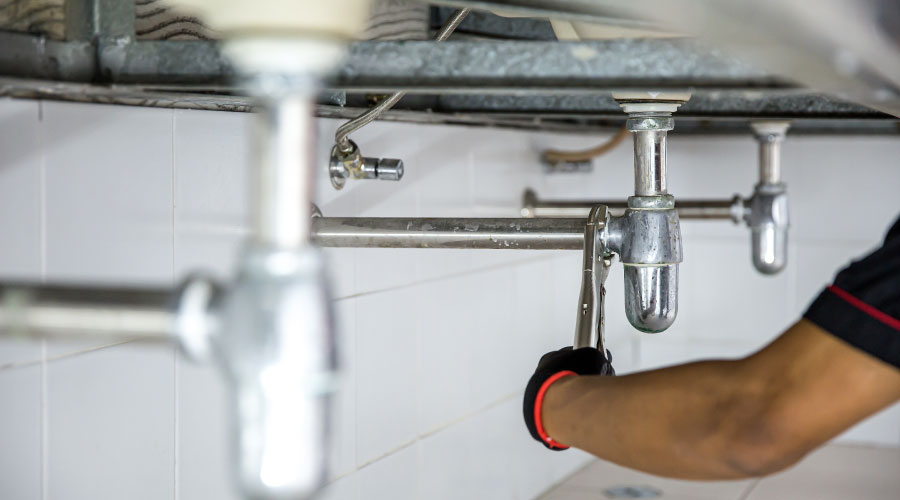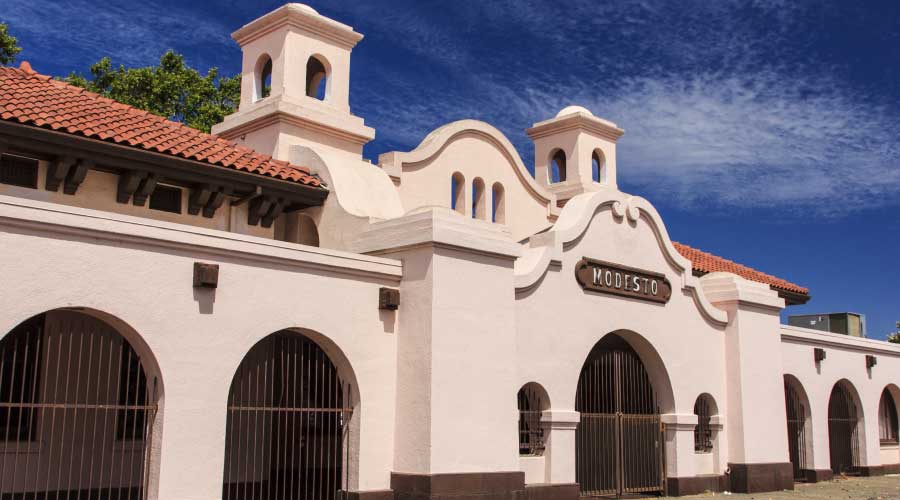A Close Eye on Water Use and Waste can Keep Your Bottom Line from Drying Out
Facility managers have already begun to master the ins and outs of energy efficiency, but energy isn't the last word when it comes saving resources and operating a more sustainable facility. Water efficiency is quickly growing as a green building and operations strategy; in fact, McGraw-Hill Construction's 2009 Water Use in Buildings SmartMarket Report predicts that 50 percent of building owners will have managers incorporate water-efficient practices into their building portfolios in the next five years.
Commercial and institutional customers account for 15 to 25 percent of the country's total municipal water demand, according to Commercial and Institutional End Uses of Water, a report published by the American Water Works Association Research Foundation in 2000.
When you consider that the Natural Resources Defense Council predicts that nearly one-third of all counties in the lower 48 states will experience a higher risk for water shortages by 2050, saving water is clearly a good decision to improve the short-term and long-term sustainability of your organization.
A comprehensive water management plan is the key to using water efficiently. Start by gathering stakeholders within your organization to develop a list of water management goals, incorporate water efficiency into long-term facility operation objectives, and address the resources necessary to achieve water-saving goals. Understanding the price of water and wastewater is important when evaluating project cost effectiveness, so determine costs by checking water bills and contacting utilities. Collect data from waters meters — or submeters if available — to calculate the facility's total annual water use, and identify seasonal trends or abnormalities.
Baselining Water Use
Good water management plans start with a water assessment, during which you should tour the facility to identify and evaluate all major water-using processes in order to determine potential areas for improvement. Interviewing personnel who manage water-using systems can help you understand the management scheme and determine water use. Outdated or malfunctioning equipment might be a candidate for repair or replacement.
Following a water assessment, the facility's water budget can be used to calculate the water requirements of major water-using processes and identify problems. The sum of all of the individual potable water uses should equal the facility's total potable water use, as billed by the water utility. If not, you might have some hidden leaks or malfunctioning equipment.
Your organization can prioritize water-saving opportunities identified through this water assessment by calculating the savings, cost and payback period for potential improvements. Many local utilities have water conservation programs, including rebates and other incentives for businesses and institutions that reduce their water use. While it may seem strange that the entity charging you for water use would want to reduce it, all utilities today understand and support the value of water efficiency in reducing the costs associated with updating infrastructure and developing new water supplies. Check with your water, wastewater, and energy utilities to see if incentives are available to your facility.
Once projects are completed, it's a good idea to review water bills and meter or submeter readings to verify that the expected water savings are achieved. Continue to read water bills to identify any unexpected changes in water use, which may be caused by leaks or malfunctioning or improperly operated equipment. To identify sources of leaks or water loss, check all water-using equipment and pipe connections regularly, and don't forget to look for wet spots underneath.
Mechanical Opportunities
Boilers and steam systems are critical to keeping your building's occupants comfortable, but these water-using devices can also be the source of significant water savings. Installing and maintaining a condensate recovery system to capture and return condensate to the boiler for reuse is the most effective way to reduce water use. Recovering condensate reduces the amount of make-up water required, eliminates or significantly reduces the need to add tempering water to cool condensate before discharge, and reduces the frequency of blowdown water. Where condensate cannot be returned to the boiler and must be discharged to the sanitary sewer, employ an expansion tank to temper hot condensate rather than adding cooling water.
By design, cooling towers use large amounts of water to transport heat away from the building to the cooling tower, where the heat is dissipated and the cooled water recirculated back into the building. Facilities can increase the efficiency of their cooling towers by minimizing the amount of dissolved solids in the water, in order to allow the water to be recirculated more often before being replaced. Blocking sunlight can reduce biological growth that can lead to poor cooling system performance. Water treatment vendors can assist with these efforts. Consider implementing energy-efficiency measures within the facility to reduce the heat load to the tower. As the heat load is reduced, cooling tower water use will be commensurately reduced.
Rethinking the Restroom
Restrooms, locker rooms, and other areas with plumbing fixtures offer some obvious options for water efficiency. Besides regularly checking these areas for leaks, retrofitting restrooms with more water-efficient plumbing fixtures can result in significant water savings, as well as reduced energy costs from heating the water in sinks and showers.
WaterSense labeled models of tank-type toilets, flushing urinals, and showerheads are independently certified to use at least 20 percent less water and perform as well as or better than standard models.
WaterSense labeled faucets and faucet accessories use about 30 percent less water than conventional lavatory faucets. Like all WaterSense labeled products, each model is certified to meet EPA's criteria for efficiency and performance. WaterSense labeled lavatory faucets and faucet aerators are intended for installation in private restrooms such as those found in hotel and hospital guest rooms. In public restrooms, such those in transportation facilities, office buildings, food service facilities, and military facilities, install faucets with a maximum flow rate of 0.5 gallons per minute as specified by the American Society of Mechanical Engineers (ASME) A112.18.1/ Canadian Standards Association (CSA) B125.1 Plumbing Supply Fittings.
A 100-employee office building that installs WaterSense labeled flushing urinals could save 26,000 gallons of water per year based on an average of two flushes per day.
Related Topics:













